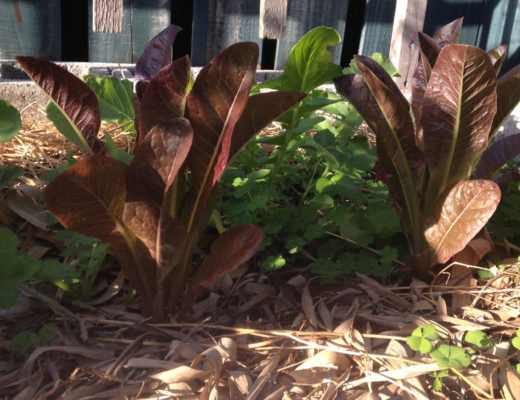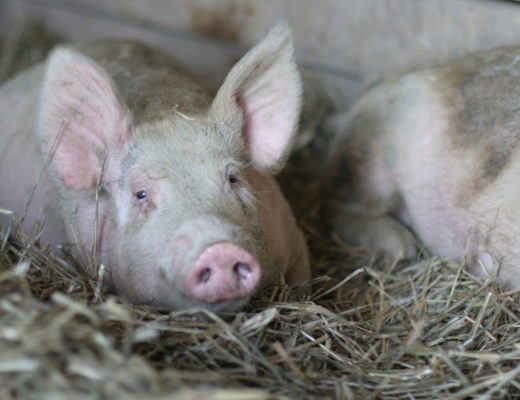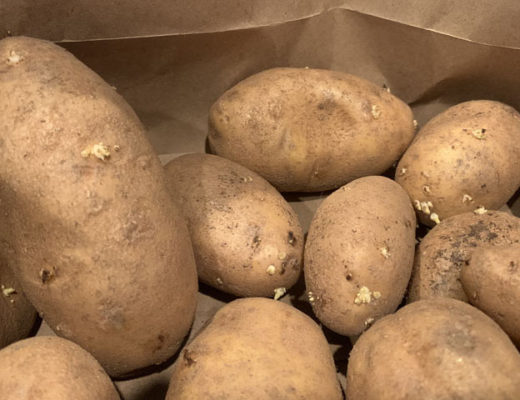A well planned pantry should consist of both long-term and short-term storage items. Long-term storage items are those that are purchased in bulk and will store for a year or more provided they are stored properly. Short-term storage items are those foods you eat regularly and will rotate through more quickly. If you are growing your own foods, proper storage is essential if a long shelf-life is needed (I’ll cover proper storage techniques in a future post). My purpose for this article is to provide information that will make transitioning to a vegan lifestyle easier, so I am also suggesting convenience and snack items along-side the essentials. There is no way I can list all of the foods available to vegans. These are just some of the items I find most useful.
Legumes: Legumes provide an inexpensive and versatile source of protein within a plant-based diet. When dried, they have a very long shelf-life. They can be ground into flour for baking or thickening soups and gravies. They can be sprouted or cooked whole. For convenience, they can be canned or frozen. Here are some that I like to have on hand:
- Pinto beans
- Black beans
- Lentils
- Black eyed peas
- Peas (split and whole)
- Garbanzo beans
- Kidney beans
- Red beans
- Northern White beans
- Pigeon Pea
- Tofu
Grains: Grains are a very nutritious part of a plant based diet. They can also be ground into flour to make breads, crackers, pastas, and pastries. They can be cooked whole and used in a variety of ways. They can also be made into a cereal.
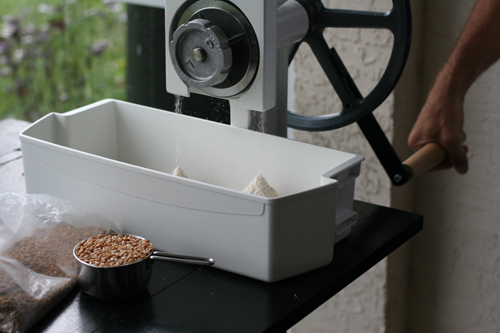
- Wheat berries (hard and soft varieties)
- Bulgur wheat
- Oat groats (whole and rolled)
- Quinoa
- Millet
- Wild Rice
- Rice (white and whole grain varieties)
- Barley (hulless)
- Amaranth
- Couscous
- Buckwheat groats
- Spelt (if gluten intolerant)
- Rye berries
Nuts and Seeds: nuts and seeds are often rich in essential fatty acids. They can be ground to make nut butters and dairy substitutes such as milks and cheeses. They can be used in baking, roasted, or eaten raw – whatever your imagination can come up with. The oil in nuts and seeds will go rancid over time if not stored in a cool place. For this reason, if I am going to be storing them for more than six months, I keep them in the refrigerator.
- Cashew
- Peanut
- Almond
- Pecans
- Walnuts
- Sunflower seeds
- Pumpkin seeds
- Sesame seeds
- Flax seeds
- Hemp seeds
- Chia seeds
Fruits and Vegetables (dehydrated, freeze dried, frozen, or canned): It is always best to eat your fruits and vegetables as fresh and as close to harvest as possible to get the most nutrients from them. But, if we grow our own food, we often find ourselves in a position to where we need to preserve our garden harvest so as to last throughout the year. Freezing our fruits and vegetables is a good way to store them with minimal nutrient loss, however this isn’t practical for everyone especially those who live an off grid lifestyle. Since emergencies can happen that leave us without electricity, having some unrefrigerated, stored fruits and vegetables is always a good idea. I have also found them to be very useful for making backpacking meals. (I will be posting future articles on these various food preservation techniques.)
- Jams and jellies
- Canned tomatoes (pureed, whole, and diced)
- Dried tomatoes
- Dehydrated assortment of fruits and vegetables
- Frozen fruits and vegetables
- Dehydrated leafy greens
- Sea vegetables, algae, and Fungi
- Fruit leathers
- Raisins
- Cranberries
- Dates
- Coconut (shredded or flaked)
- Dried chili peppers
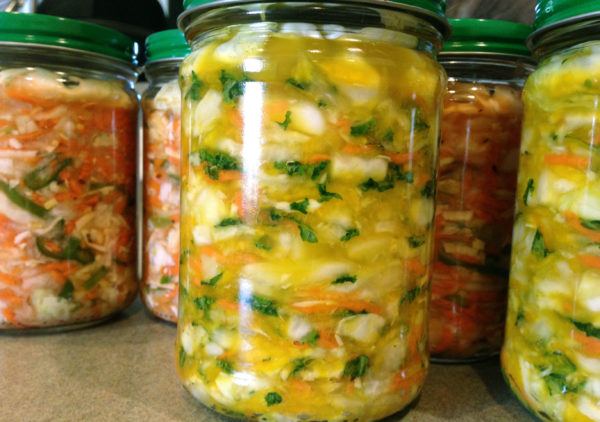
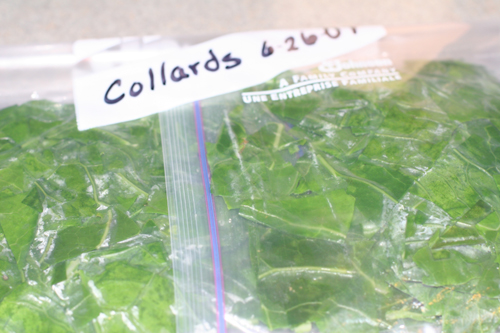
Cellar Vegetables: These are for your short-term pantry. I’ve listed them here because they will keep fresh longer in storage than many other vegetables without refrigeration.
- Garlic
- Onions
- Ginger
- Turmeric
- Potatoes
- Sweet potatoes
- Winter squashes
Fermented Foods:
- Kimchi
- Sauerkraut
- Tempeh
- Miso
Oils and Vinegars:
- Olive oil
- Coconut oil
- Canola or vegetable oil
- Other Nut oils (should be refrigerated)
- Sesame oil
- Rice vinegar
- Apple cider vinegar
- Wine vinegar (red and/or white)
- Coconut vinegar
- Balsamic vinegar
Sweeteners:
- Pure maple syrup
- Agave nectar (to replace honey in recipes)
- Organic pure cane sugar
- Turbinado sugar
- Sucanat sugar
- Coconut sugar
- Date sugar
- Molasses
Culinary Herbs and Spices: If I were try to list all the common herbs and spices here, the list would be very long. It is convenient to have on hand some seasonal blends common to your favorite cuisines.
Flours: Not everyone has the equipment or inclination to grind their own flours. Even if you do, for convenience it is always a good idea to have some of your most often used flours on hand such as:
- All Purpose flour
- Whole Wheat flour
- Whole Grain pastry flour
- Cornmeal
- Chickpea flour
- Buckwheat flour
- Spelt flour
- Rye flour
Pastas: I keep a variety of different dry pastas on hand. Some are whole grain, but admittedly not all. Also, some are made with artichoke inulin, rice, quinoa, or corn. Fortunately there are lots to choose from. Here are some shapes I use most often. I look for bronze cut varieties when available as these hold sauces nicely.
- Spaghetti
- Macaroni
- Ziti or penne
- Linguine or fettuccine
- Rotini (spirals)
- Soba
- Vermicelli
- Bean threads
- Rice ramen (great for backpacking meals)
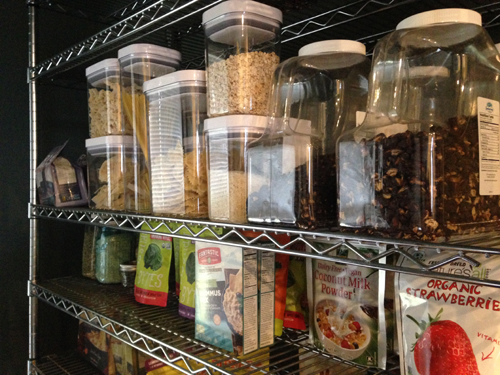
Binding, Leavening, and Thickening: The following are ingredients that are helpful to have on hand.
- Commercial egg replacer
- Baking soda
- Baking powder
- Starches (corn, potato, arrowroot, tapioca, etc.)
- Agar
- Fruit Pectin
- Xanthan gum
Beverages: Water is the most important beverage to keep on hand, especially with emergency preparedness in mind. You may also want to stock up on your favorite alcoholic or caffeinated drinks.
- Water
- Coffees, teas
- Beers, wine, liquor
- Soda
- Juices
Supplements:
- Vitamin B12
- Long chain Omega 3 fatty acids
- Vitamin D or at least 15min. direct sun daily
Convenience and Transition Foods: There are times when we just do not feel like cooking and yet we are craving a meal or snack. Sometimes we just do not have the time. For this reason it a good idea to have a few prepared items on hand. When first transitioning to a plant based diet, cravings for familiar foods can derail many from this goal. Fortunately there is an abundance of plant-based foods that imitate familiar animal-based foods on the market. These are helpful to people who struggle to overcome these cravings. Many have the vegan symbol right on their label.
- Frozen entrees (veggie burgers, pizza, etc.)
- Desserts (ice-cream, pastries, etc.)
- Snacks (chips, crackers, etc.)
- Breads of all kinds
- Non-dairy cheeses, butter, mayo, etc.
- Egg Alternatives
- Refried beans
- Dips, sauces, salad dressings
Once people decide to remove animal ingredients from their diet, they usually find that there are really just six primary ingredients they have removed from their everyday menu (pig, cow, birds, fish, eggs, and cow’s milk.) Then while exploring other options they discover so many more new foods that they have never even tried. They quickly realize that vegans do not feel deprived in any way. There is an abundance of delicious and healthy foods available to them. Instead they feel uplifted by the fact that their dietary choices no longer contribute to the suffering and death of other sentient beings.

